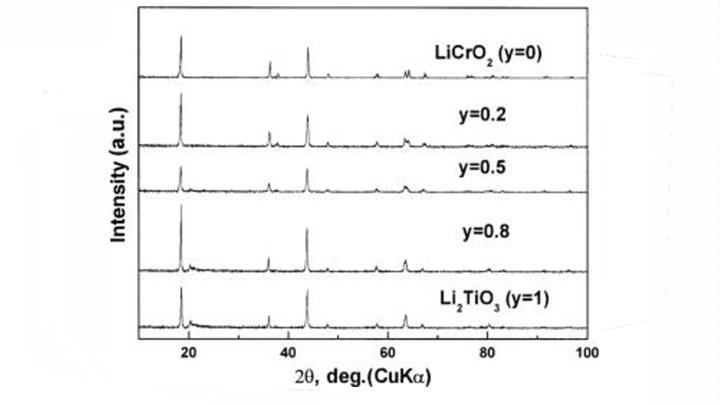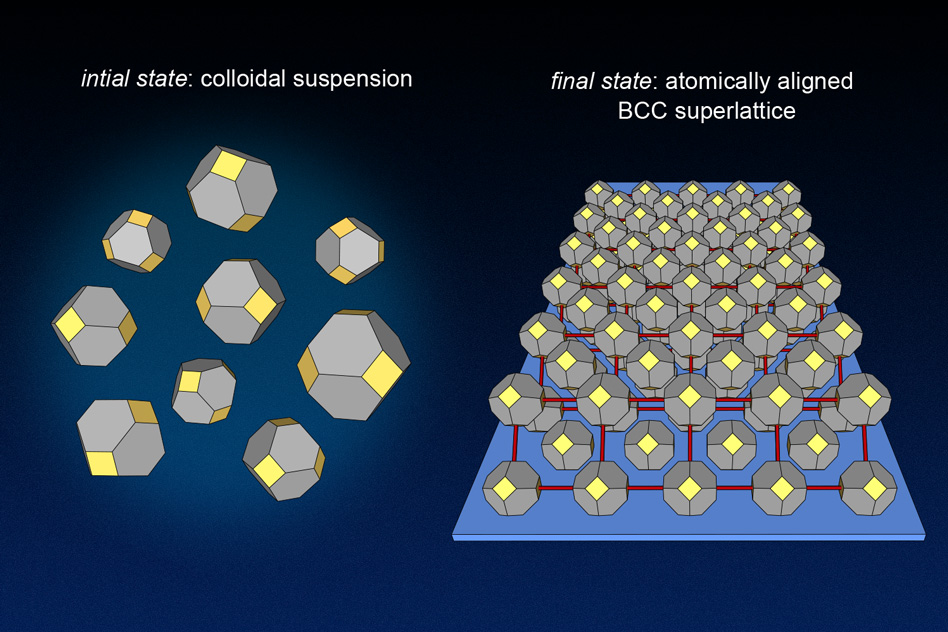Enter your keyword
1. Inbuilt Military Standard BMS: It has a built-in Multi-functional 120A continuous BMS, 360A for 30 sec peak, with high-quality IC and MosFET for over-current, over-discharge, over-charge, short-circuit, adverse-polarity connection, balancing functions. 2. Wide Applications: It can be used for solar energy 1
LiFePO4 batteries for solar storage: Cycle stability at high current, Fast charging within 1 hour, Deep discharge protection, overcharge protection, Voltage and temperature monitoring, Single cell monitoring, State of charge determination(SOC and SOH).
Li-ion Marine Batteries 12V 48V 240Ah: Light weight and strong power, sell to France and Russia and gain best praise, customers show it on their website to expand markets.
The advantages of Lithium Titanate Oxide (lithium titanium oxide) battery technology are significant and the whole LTO technology is a game-changer for the entire battery industry. The LTO is bringing a new dimension of possibilities for the energy storage with a number of economical as well as ecological aspects.

Li2TiO3 chemistry
With applications in many sectors, with a primary focus on high speed charging and energy storage, Lithium Titanate Oxide (lithium titanium oxide) technology is the battery-powered technology in the future. Let's see the key benefits and advantages of the LTO battery technology.

Get the real LTO cells and realted products from smartbatteryeco.com - click here
Lithium Titanate Oxide (lithium titanium oxide) Battery Technology
In essence, the LTO is a rechargeable battery based on the, or modified from, the Lithium-Ion (li-ion) battery technology. Li-titanate oxide (LTO) replaces the graphite in the anode of the typical Li-Ion battery and forms the materials into a spinel 3D crystal structure. Having a nominal a cell voltage of 2.40V, it releases a high current discharge current that is 10 times the capacity of the other types of lithium batteries. Instead of using carbon particles on its surface as other lithium batteries do, Lithium Titanate utilizes lithium-titanate nanocrystals.
Titanium used for Lithium Titanate Oxide anodes
The effect and benefit of this alteration and inclusion of lithium-titanate nanocrystals is that the surface area of the anode of the Lithium-Titanate battery is about 100 square meters per gram in contrast to the only 3 square meters per gram that Li-Ion batteries hold. The result of the lithium-titanate nanocrystals with their enlarged surface area is that electrons are able to enter and leave the anode much more rapidly, leading to fast recharging and enhanced lifetimes of the battery.
Lithium-titanate Oxide (LTO) based cell
Advantages of Lithium Titanate Battery Technology
Given the basic scientific advantages of the high-tech nanotechnology involved in producing Lithium Titanate (LTO) batteries, it is of special interest to see just how the new technology influences the product positively for the consumer and for reliability. Lithium Titanate batteries' benefits range from long lifetime to enhanced safety, low-temperature performance and large potential for integration with energy storage solutions.
Li4Ti5O12 chemistry
Let's have take a closer look at the main advantages:
1. Extremely Long Lifetime
As discussed above, the advanced nanotechnology consisting of lithium-titanate nanocrystals and their increased surface area are especially designed to enhance the lifetime of these batteries. With an over 30 times larger surface area, this technology is able to recharge substantially faster than its more traditional alternative, the Li-Ion battery. The cycle count of a Lithium Titanate battery is 20,000 in comparison of only 2000 in a regular lithium battery, marking a revolutionary approach to energy storage.
LTO cycle life at high rate charge and discharge
For the consumer, this means that less electricity and power is needed in order to sustain the battery power. These batteries can be safely charged between six and ten minutes in contrast to the 8 hours required for other rechargeable batteries.
On top of that, the recharge efficiency exceeds an entire 98%, a record-breaking advancement in the field of renewable energy. Furthermore, the charging cycles are much shorter in comparison with other energy sources.
2. Rapid Battery Charging and Discharging
Lithium Titanate Oxide (lithium titanium oxide) batteries (LTO) are advanced modified lithium-ion battery that employs nano-technology in the form of lithium titanate nanocrystals instead of normal carbon material on its surface. The advantage of technical principle is that the anode has a surface area of about 100 square meters per gram of material - which certainly stands out as a lot more when compared with the 3 square meters per gram for normal carbon material.
LTO cell regular discharge rates
This allows the electrons to enter and exit the anode faster, thus making it possible to charge and discharge the battery very rapidly.
3. Enhanced Safety
In addition to the enhanced efficiency and energy-conserving qualities of Lithium Titanate Oxide (lithium titanium oxide) batteries, this technology is known for its high level of safety when used in comparison to alternative options. Due to the lower operating voltage of this technology, there are significant safety advantages for the consumer and the environment. As Lithium Titanate batteries are entirely free of carbon, they avoid thermal runaway or overheating which is a main cause of fires in traditional energy storage systems.
LTO cells are resistant to mechanical abuse
Without the risk of fires or explosions, Lithium Titanate technology allows for safe, user-friendly and low-risk energy storage in any application.
4. Low-Temperature Performance
Another advantage of using Lithium Titanate batteries is that due to the nanotechnology employed, these batteries have a much better low-temperature performance in comparison to other battery technologies.
Due to these low-temperature discharge characteristics, it is able to obtain up to 80% of its full capacity at a mere -30°C.
LTO cells support low temperature discharge
This is of particular benefit to those companies employing Lithium Titanate technologies at lower temperatures or in regions with cold winters.
Example of a LTO cells for high current applications
5. Integration with Energy Storage
Last but most certainly not least, Lithium Titanate Oxide (lithium titanium oxide) is bridging the gap between battery energy storage and the grid power.
With an increasing importance of renewable energy options, the possibilities of Lithium Titanate Oxide (lithium titanium oxide) batteries allow for a synergy between solar and wind power, battery storage and the grid. Energy storage based on Lithium titanate has the potential to contribute greatly to power system stabilization, with vast potential in creating a renewable energy source that is more sustainable than any other previous alternatives.
Energy storage application using the Lithium titanate oxide (LTO) cells
The future of sustainable and renewable energy sources depends on technologies like the Lithium Titanate battery that through long lifetime and high efficiency, enhanced safety, low-temperature performance capability, and vast potential of integration with wind power are opening up a world of opportunities with particular focus on vehicles and mobile energy usage.
The Lithium Titanate (LTO) battery
This technology is known for its very fast charging, low internal resistance/high charge and discharge-rate, very high cycle life, and excellent endurance/safety. It has found use mostly in electric vehicles and energy storage (Toshiba, YABO, and Altair Nanotechnologies), and wristwatches (Seiko). More recently, it is beginning to find use in mobile medical devices due to its high safety. One underlying reason for this technology's characteristics is that the chemistry uses nanocrystals on the anode instead of carbon, which provides much more effective surface area. Unfortunately, however, this battery has lower terminal voltages than other Lithium types.
Lithium titanate (LTO)
Advantages
- Wide Range of Operation: -30 ~ 60degC.
- High specific power: 4C-rate continuous and 8 C-rate peak charge & discharge operation
- High round trip efficiency (RTE): >95%.
- Long cycle life: 20,000 cycles > 80% DoD, 1C charge & discharge operating conditions.
- Extremely Safe: A thermal runaway event is significantly less likely to occur in LTO cells. LTO cells can also be re-operated after an event of an over-discharge, unlike conventional graphite based Li-Ion cells. This feature enables the user to operate the battery cells under extreme environmental and operational conditions.
- The advantages of the LTO cells: Originates from the Anode side of the battery cell. Whereas the Anode side of ordinary Li-Ion cells is made up of Graphite, the Anode side of the LTO cell is composed of LTO.
The professional team to service !